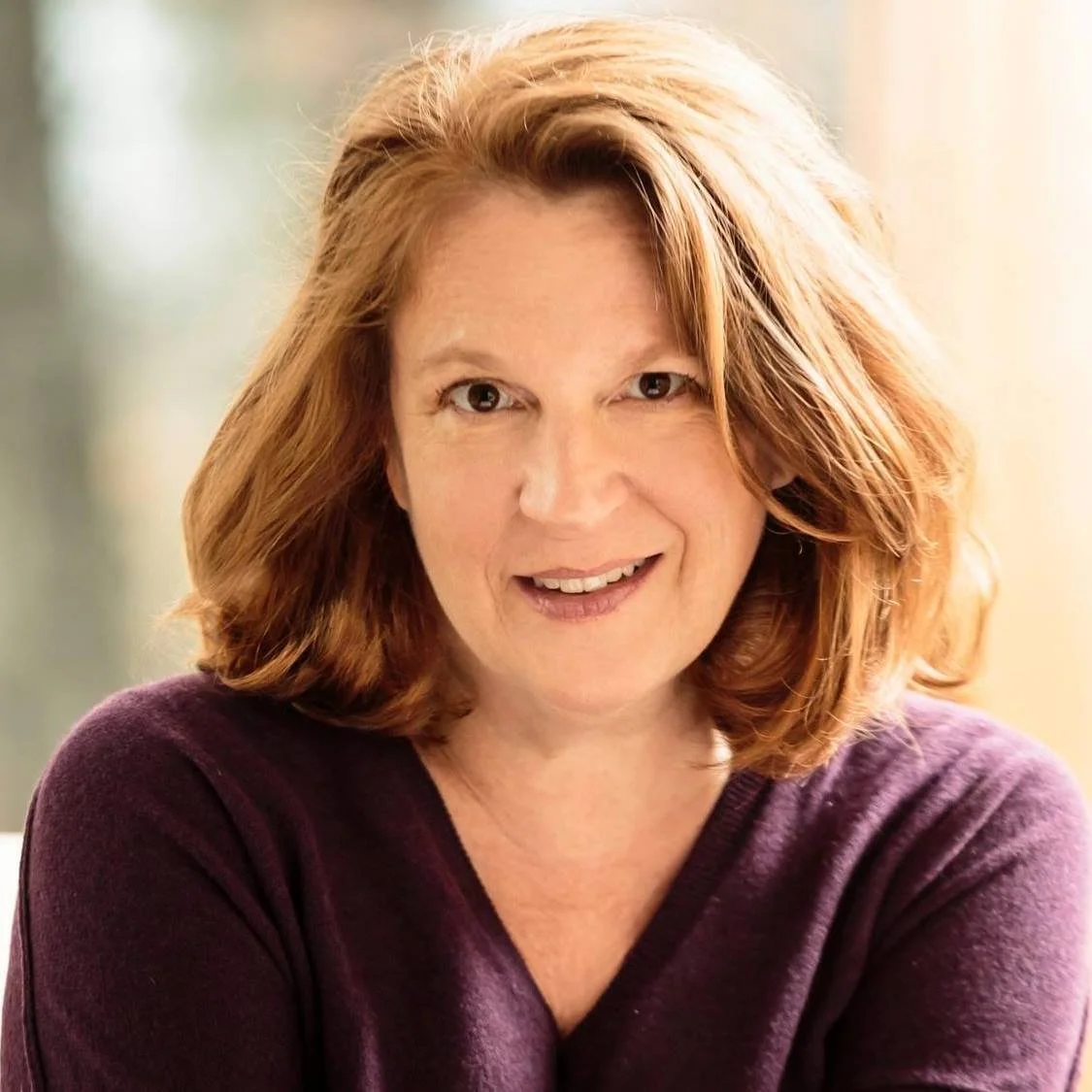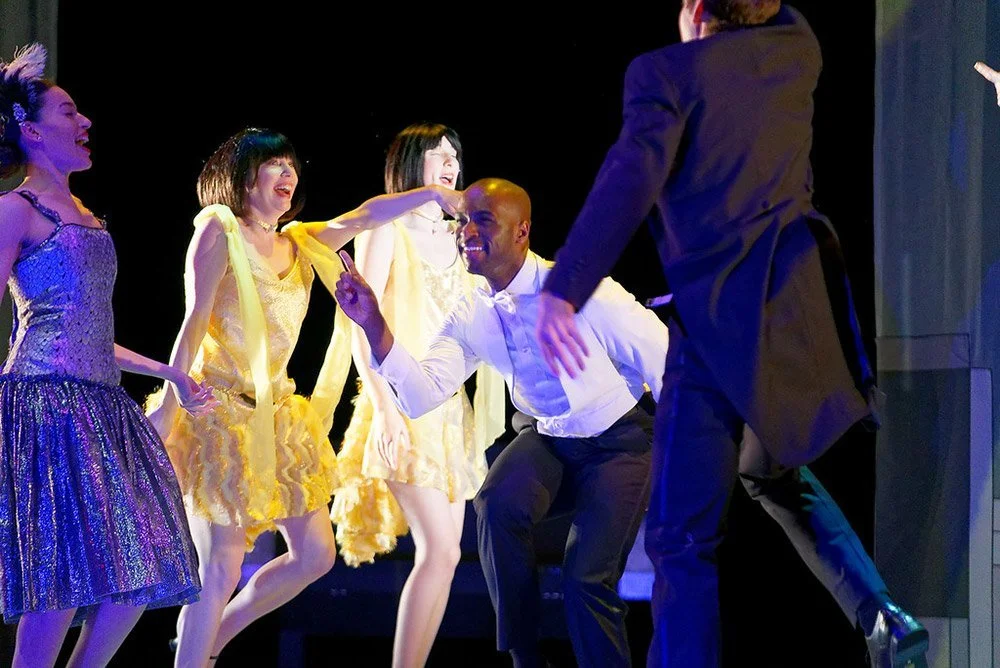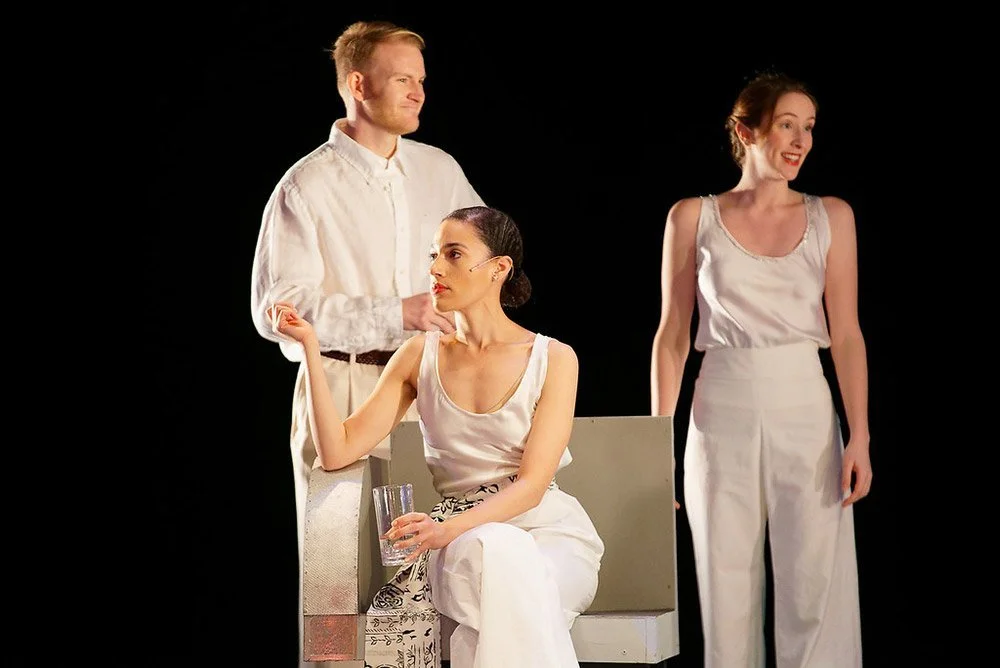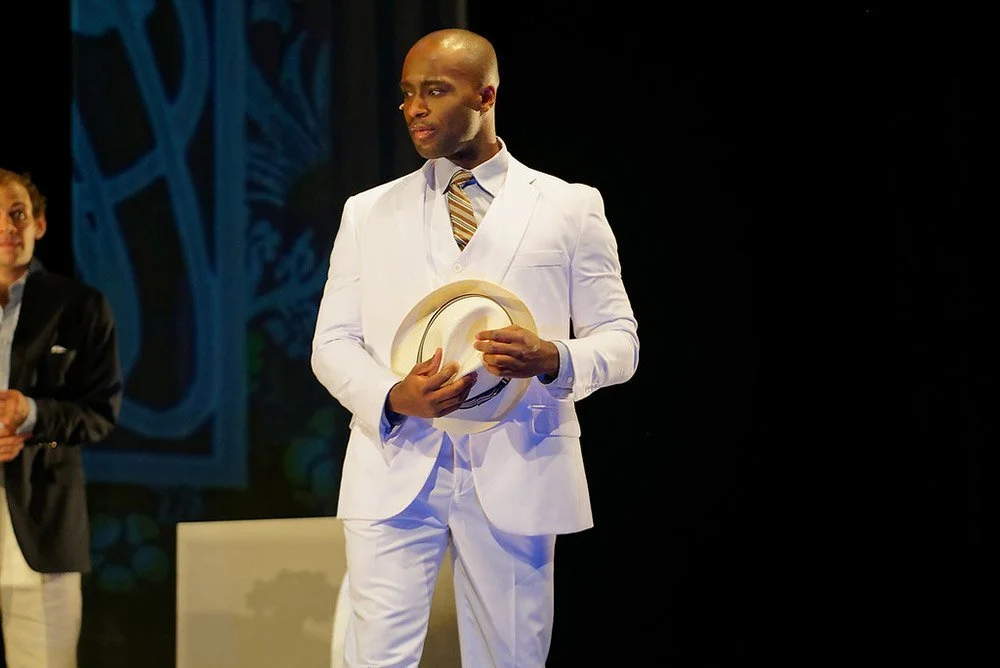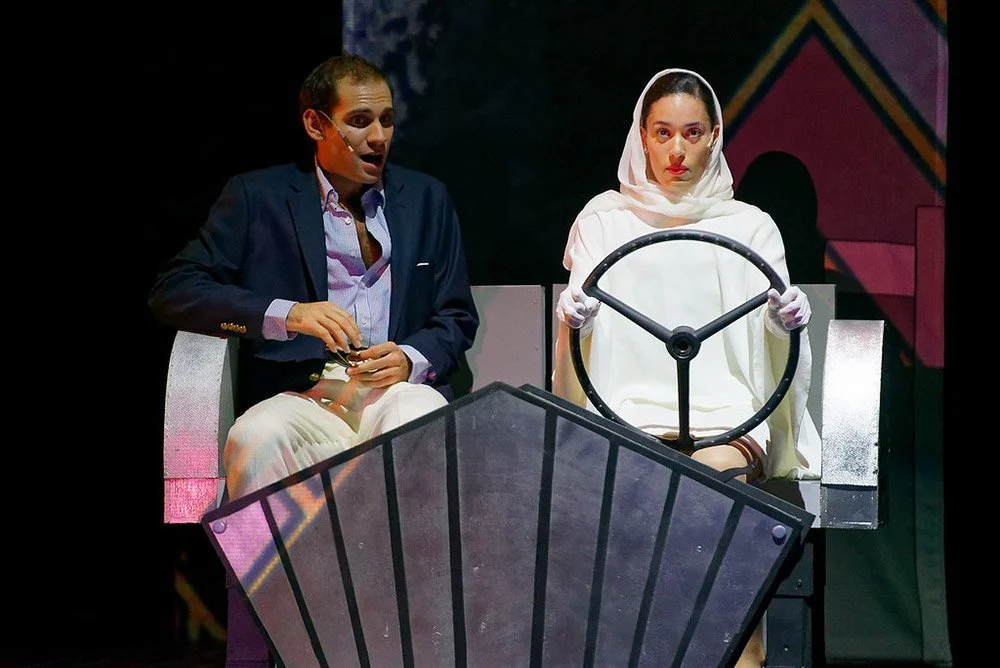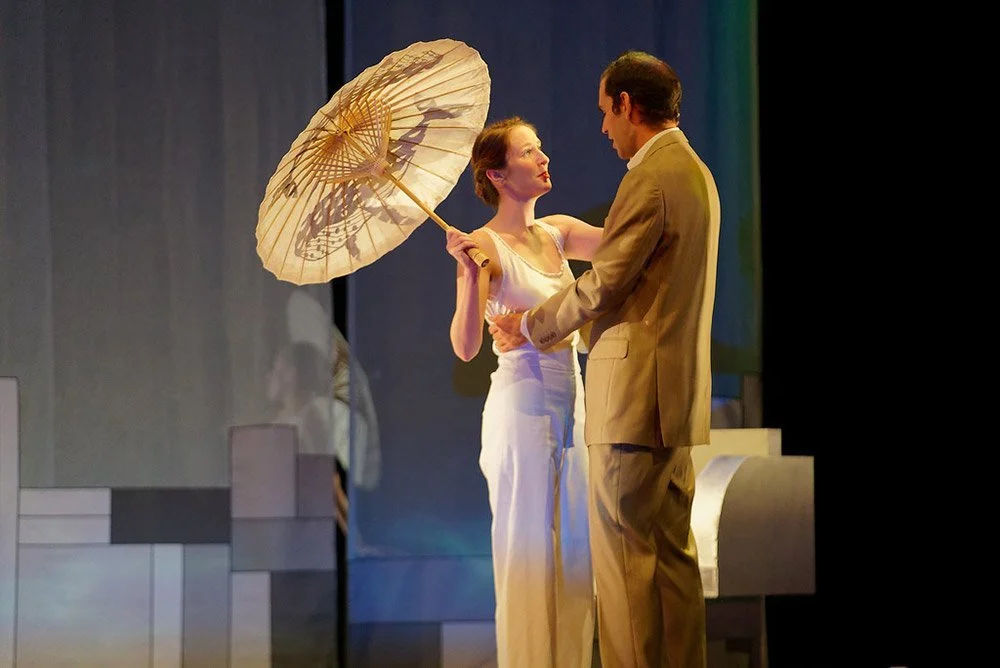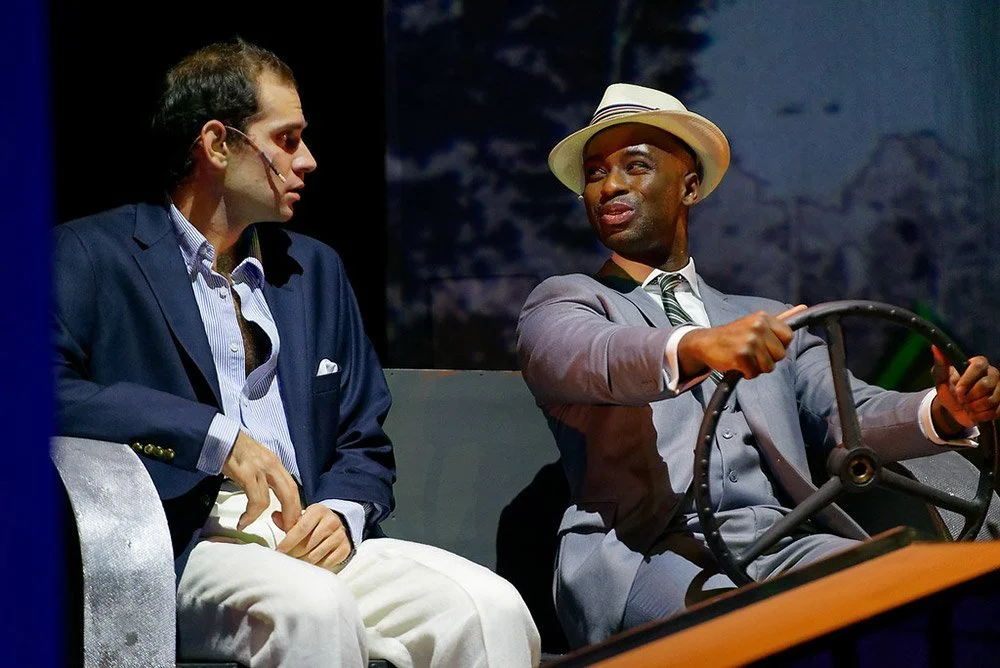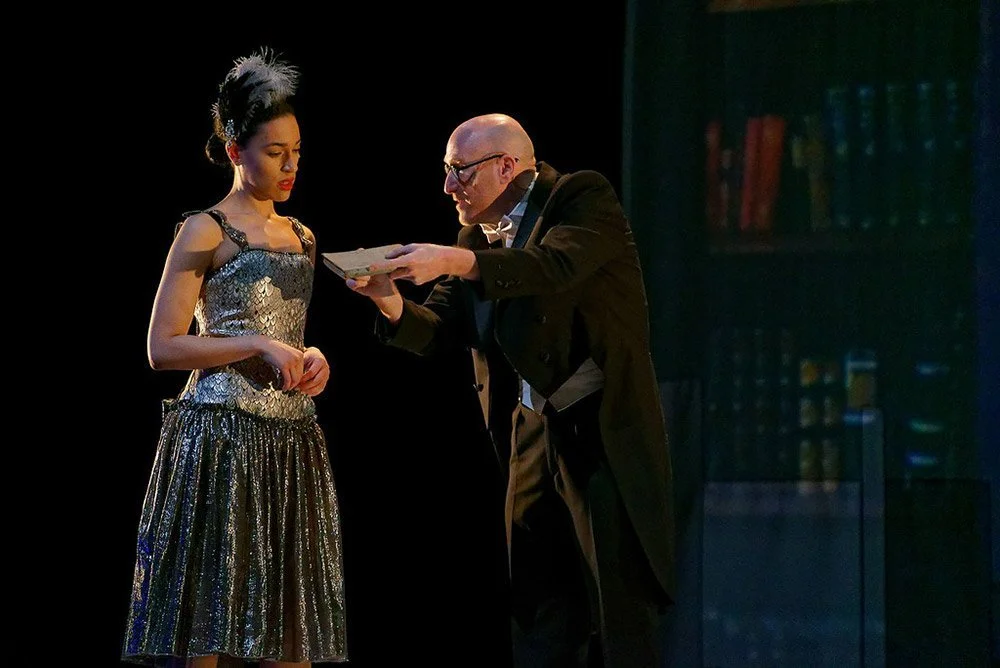A Scholar’s Essay on The Great Gatsby and Democracy
The Great Gatsby: The American Dream’s Not For Everyone
Anne Margaret Daniel
My 3d novel, if I ever write another, will I am sure be black as death with gloom.
— F. Scott Fitzgerald to Maxwell Perkins, August 1921
By the summer of 1921, F. Scott Fitzgerald had already completed two novels, at the age of 24, and was wondering what to write about next. He confided in his editor at Charles Scribner’s Sons, Maxwell “Max” Perkins, that he’d been reading a lot of Mark Twain while living in the Midwest once more. Born in Saint Paul, Minnesota in 1896, Fitzgerald had spent most of the time on the east coast since he was a teenager — first at a Catholic prep school in Hackensack, New Jersey; then at Princeton University; and after his marriage to the 19-year-old Zelda Sayre in April 1920 in Westport, Connecticut and New York City. When they found out Zelda was pregnant in early 1921, though, the young couple decided to move back to his hometown to await the baby’s birth among family and friends.
In a rented house on the shores of White Bear Lake, one of the thousand that give Minnesota its best-known nickname, Fitzgerald began a novel set in the Midwest a decade before his own birth. Like his earlier two novels, This Side of Paradise (1920) and The Beautiful and Damned (1922), he gave it autobiographical elements — the protagonist of this new novel was a handsome little boy from a devoutly Catholic family, like Fitzgerald’s, who wanted to escape it, as Fitzgerald did. However, he also wanted the novel to be set in part in New York, and was still grappling with how to arrange this when he, Zelda, and their baby girl Scottie moved back east just over a year later. They settled in Great Neck, New York, and amid the parties and new friendships in a community of writers, theater producers, actors, and other artistic celebrities, Fitzgerald thought anew about his third novel. Ideas, related characters, and even drafts that he scrapped began to make their way out as short stories: “Winter Dreams” in December 1922; and “Absolution,” which Fitzgerald said “was to have been the prologue of the novel,” in 1924. By then, though, Fitzgerald had given up the 19th-century beginning, the Catholicism (that’s all in “Absolution”), and retained the Midwestern setting only as a framing device for a story that happens chiefly on Long Island and in the boroughs of New York City. He had a name for his protagonist — young Jimmy Gatz, who renames himself Jay Gatsby — and had started over again, trying to, as he told Perkins, “write something new — something extraordinary and beautiful and simple + intricately patterned.”
That something proved to be The Great Gatsby, published on April 10, 1925. While praising it for the novelty and excellence of its style, even the first reviewers noted an ancient theme at work in the novel: a study of social class. The United States of America, extracted from colonial England in a revolution against a king and his monarchy, had in its founding documents styled itself a republic, a democracy. Yet America has always been a country of classes, its first presidents coming from Virginia’s slaveholding planters and from Massachusetts’s successful merchants. The Civil War freed enslaved people in the South, but ugly racism throve immediately thereafter during the so-called “Reconstruction,” as the newly freed sought jobs, education, achievement, and the rights of full citizens. By the 1920s, in the wake of waves of immigration from many European countries, massive wealth amassed in the 1880s and 1890s by the first great American industrialists, and a global war in which the still-young country for the first time had played an important role, divisions of social class, race, and gender were characteristics of the country. Fitzgerald refused to pretend that this was not so, and confronted such issues head-on in his new novel.
Many reviews spoke of “the incongruities bred of present-day life” being on show in The Great Gatsby. By this, the reviewers were mincing words for rich people and poor people mingling in the same circles. The characters of The Great Gatsby cover all socioeconomic levels, and while, as Jordan Baker says of the principal players at one point, “we’re all white here,” ethnicity and race are major points for an analysis of prejudice and bigotry in the book. Nick Carraway is the narrator of most of the novel; he is a white man whose “family have been prominent, well-to-do people in [a] middle-western city for three generations.” Despite this extremely short time period, Nick already counts as old money in Gatsby’s America, as do Daisy Fay and Tom Buchanan, neither of whom have worked a day in their lives or ever will, and who were simply fortunate enough to have rich parents. Nick at least has a job, albeit one subsidized by his family — he’s learning “the bond business,” caught up in the wild new atmosphere of selling stocks and bonds that would characterize the booming times in America after World War I, and that came to a cataclysmic end with the market crash of 1929 and the ensuing Great Depression. Jordan Baker, too, has a job: she is a professional golfer, a somewhat shocking occupation for a woman at the time when few played this elite sport, and fewer still supported themselves with winnings from same. We quickly learn, though, that she has won in the past by cheating. Does she still lie? Nick tells her, and us, how honest he is more than once. Is he? He takes advantage of a summer girlfriend who is a secretary at his office, and perhaps of Jordan, too. He has a pose of being worldly-wise and tolerant of all people, but Nick is prejudiced against the Jewish gambler Meyer Wolfshiem, Gatsby’s friend; when he sits down to lunch with the man, Nick constantly comments, in his stream of consciousness, on Wolfshiem’s big nose. Even as he mocks Tom Buchanan’s frantic race-based opinions, Nick himself refers to the African-American occupants of a passing car as “three modish negroes, two bucks and a girl,” and comments on the “yolks of their eyeballs[.]”
Tom Buchanan is one of the more reprehensible characters in any of Fitzgerald’s novels, and Fitzgerald seems eager to give us many, many reasons to dislike him — more than the simple fact that he has married Daisy, the girl Gatsby loved, and loves. When we first meet Tom, we immediately learn that he’s been a famous college football player at Yale, and done nothing since but become more bulked-up, supercilious, arrogant, and unlikable. His sad bragging, and the injury he has — inadvertently? — done to his wife’s hand quickly gives way over the luncheon table to a diatribe based on a book he’s been reading, The Rise of the Colored Empires. This is based on an actual book entitled The Rising Tide of Color: The Threat Against White World-Supremacy (1920), by Lothrop Stoddard, in which the Harvard-educated Stoddard warned, among other things, that “Negro fecundity,” coupled with “white rulers” who “fight filth and disease [and] stop tribal wars” would ensure “that African negroes will multiply prodigiously in the next few decades.” Echoing Stoddard, Buchanan rants, “It’s up to us who are the dominant race to watch out or these other races will have control of things.” He is also dismissive of and cruel to lower-class whites; his brutality to both his mistress Myrtle Wilson, and her husband, the gas-station owner George, is literally thoughtless — he doesn’t even think about it. Myrtle he uses for his own pleasure, and George as an instrument for his own revenge.
Young Jimmy Gatz, in contrast, is a boy so poor he has changed his name and run away from home to seek his fortune, leaving behind the “shiftless and unsuccessful farm people” who were his parents to work on the yacht of Dan Cody, a hard-drinking, soft-minded millionaire already fading at fifty. A promised legacy from his boss never materializes, and “Jay Gatsby,” as he then was, is poor again. So he joins the Army, and is provided with a uniform and thereby the entré to the home of a rich girl in Louisville, Kentucky, near his officer training camp. He can’t afford to marry her, he is broke after the war, and he becomes fabulously wealthy with the help of a Jewish gambler and illegal activities that may include bootlegging (liquor was illegal at the time because of Prohibition, the 18th Amendment ban on “intoxicating liquors”) and selling fake bonds. Gatsby will always be nouveau riche; give as many elaborate expensive parties as he can, get the rich girl he loves even for a summertime, and he will forever remain an outsider.
Daisy, the heroine, or anti-heroine of this novel without a solid hero, is almost impossible to characterize. We don’t know what she looks like, though Nick refers to the shape of her face, her hands, and her strange thrilling voice. Her hair is blonde at one point and dark at another; we don’t know her height or weight. What we do know is that she’s associated with white: the color of a daisy, of her “beautiful white girlhood” in Louisville, the white dresses she wears, the little roadster she drives when she and Gatsby are courting before the war, the strand of pearls she initially throws away on her wedding day, the letter from Gatsby that she holds onto in the bathtub until it is coming to pieces like snow[,]” the powder that she gets on her daughter’s blonde hair the one time we see her as a mother. Remember, Fitzgerald is constantly showing us, white is a color associated with purity and cleanness — but also the color that is colorless, absent and lacking; the color of decay and frozen landscapes, of whited sepulchers. Daisy and her husband, and Nick and Jordan too, are careless people, ruining lives and going on their, if not merry, unpunished way.
Fanny Butcher, reviewing Gatsby for the Chicago Tribune on April 18, 1925, got it in one: “It is the story of an almost undreamed of love, of a sordid affair which is a background and a contrast to that love, of a group of that class of America’s ‘nobility’ who take all of the privileges of the European ruling class and assume none of its responsibilities — the very idle rich[.]” H.L. Mencken, writing for the Baltimore Evening Sun, was harsher and more direct: Fitzgerald’s theme in Gatsby may be an “old one of a romantic and preposterous love,” but at its core the book is a novel of American social history. “The Long Island he sets before us is no fanciful Alsatia; it actually exists. More, it is worth any social historian’s study, for its influence upon the rest of the country is immense and profound. What is vogue among the profiteers of Manhattan and their harlots today is imitated by the flappers of the Bible Belt country clubs weeks after next.”
* * *
What would Fitzgerald, and his first reviewers, think of the manner in which The Great Gatsby is widely viewed today as a romantic book of a man’s love for an ultimately unattainable, or even fantastically idealized, woman? What would they think of the thousands and thousands of parties held, encouraging invitees to “party like Gatsby”? What would they think of Gatsby held up as an avatar of fidelity, or Daisy as one of lovely incapacity?
As many times as I have read the novel, and loved reading it every time, when I think of the essential things about Gatsby, Gatsby, and the construction of the “American Dream” I think always of one moment, imagined by Nick as a nightmare:
I see it as a night scene by El Greco: a hundred houses, at once conventional and grotesque, crouching under a sullen, overhanging sky and a lustreless moon. In the foreground four solemn men in dress suits are walking along the sidewalk with a stretcher on which lies a drunken woman in a white evening dress. Her hand, which dangles over the side, sparkles cold with jewels. Gravely the men turn in at a house—the wrong house. But no one knows the woman’s name, and no one cares.
This is not just the Long Island and the privileged community in which Nick has been living, nor is it the “valley of ashes” where poor people live in Queens, nor Manhattan and all its vastly varied neighborhoods. This is America in the early 1920s, as Fitzgerald conceived and wrote The Great Gatsby; this is America in the late 1920s, as the country rode a wave, skyrocketed, and lurched from the Great War to the Great Depression. Fitzgerald not only foretold the coming crash, but looked back upon American culture’s many inequalities, unfairnesses, and false manifestations with real sadness for the ways in which they had already mangled the American Dream for too many who could never hope to achieve it. Upward mobility, success, wealth, happiness for all? No. Not by a long shot. Has this ever been true? Will it ever be true? Fitzgerald wondered then, as he wrote; and we wonder now. Robert Penn Warren, the poet and novelist who would win a Pulitzer Prize two decades later for All The King’s Men, his searing novel of democracy and politics in the South during the Depression, understood exactly what drove Fitzgerald’s writing. In his review of The Great Gatsby, Penn Warren said, “[Fitzgerald] has begun to objectively observe persons and to try to understand life as it is conceivably lived among his millionaires and garage keepers” alike, and “there is a certain quick and sincere compassion, a real pity, which indicates a transition and perhaps a new and larger Fitzgerald.” That quick and sincere compassion, that real pity — not Nick Carraway’s, but Fitzgerald’s — pours from the sordid scenarios and beautiful writing of the book alike, and is what readers feel and remember, what has made The Great Gatsby one of the best-known, and best-loved, American novels in the world.
Anne Margaret Daniel teaches at The New School University in New York City. She specializes in Victorian and Modern literature, contemporary poetry and drama, and Irish literature, and writes for a variety of magazines and journals on subjects ranging from W.B. Yeats to Bob Dylan to baseball. A member of the Board of the Fitzgerald Society, she has written about F. Scott and Zelda Sayre Fitzgerald and their works and lives since 1996. Daniel is the editor of I'd Die for You and Other Lost Stories (2017), Fitzgerald's last previously unpublished short stories, and three forthcoming volumes: the selected letters of Zelda Fitzgerald (with Jackson L. Bryer); Tales of the Jazz Age (Oxford University Press); and The Great Gatsby (Norton Library).
Anne Margaret Daniel
teaches at The New School University in New York City. A member of the Board of the Fitzgerald Society, she has written about F. Scott and Zelda Sayre Fitzgerald and their works and lives since 1996.
Aquila Theatre's The Great Gatsby . Actors: Aamira Challenger, Katie Housley, Palmyra Mattner, Joshua Liburd & Conner Keef Photo by Darryl Estrine.
Aquila Theatre's The Great Gatsby . Actors: Aamira Challenger, Palmyra Mattner, & Austin Lewis. Photo by Darryl Estrine.
Aquila Theatre's The Great Gatsby . Actor: Joshua Liburd as Gatsby. Photo by Darryl Estrine.
Aquila Theatre's The Great Gatsby . Actors: Aamira Challenger, Katie Housley & Palmyra Mattner, Photo by Darryl Estrine.
Aquila Theatre's The Great Gatsby . Actors: Aamira Challenger & Conner Keef. Photo by Darryl Estrine.
Aquila Theatre's The Great Gatsby . Actors: Palmyra Mattner & Conner Keef Photo by Darryl Estrine.
Aquila Theatre's The Great Gatsby . Actors: Joshua Liburd & Conner Keef Photo by Darryl Estrine.
Aquila Theatre's The Great Gatsby . Actors: Aamira Challenger & James Lavender. Photo by Darryl Estrine.
